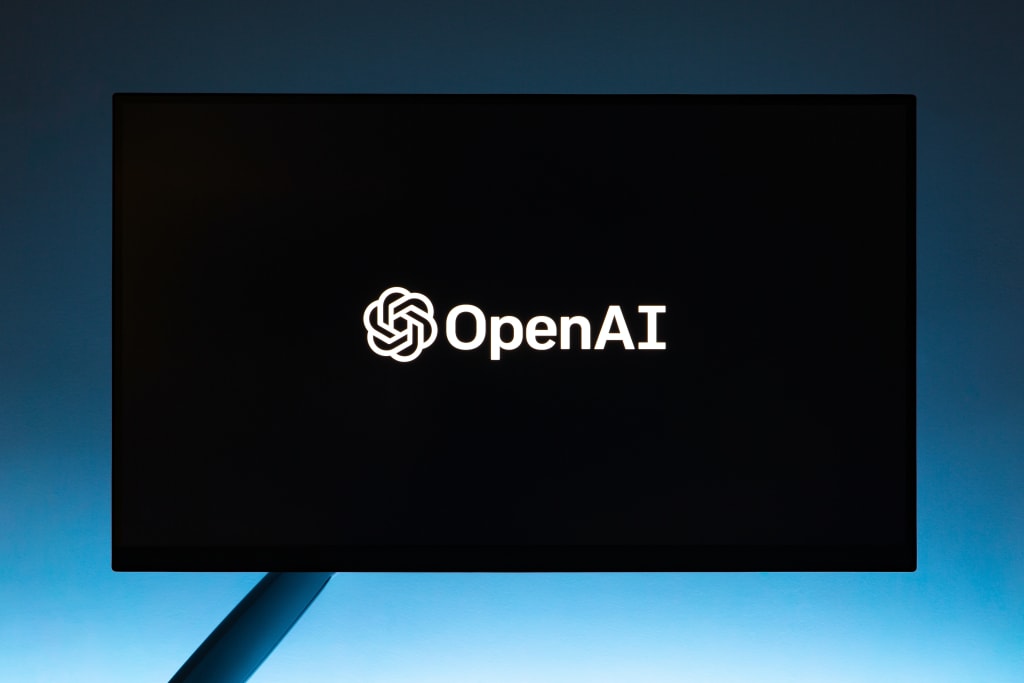
In recent years, artificial intelligence (AI) has rapidly advanced, transforming various industries and revolutionizing the way we interact with technology. One area where AI has made significant strides is in content creation, particularly through chatbots powered by models like Chat GPT. These AI-driven systems have gained popularity and are playing an increasingly prominent role in generating content across different platforms. In this article, we will explore the rise of AI-driven content and its implications for the future.
AI-driven content creation involves the use of sophisticated algorithms and machine learning models to generate human-like text. Chat GPT, developed by OpenAI, is one such model that has garnered attention for its ability to engage in natural language conversations and produce coherent and contextually relevant responses. The underlying technology behind Chat GPT enables it to analyze vast amounts of data, learn patterns, and generate text that mimics human communication.
One of the key advantages of AI-driven content creation is its efficiency and scalability. Chat GPT, for example, can generate content at a remarkable speed, significantly reducing the time and effort required for traditional content creation. This has the potential to revolutionize industries such as journalism, marketing, customer service, and even creative writing. AI-driven content systems can quickly produce articles, blog posts, social media updates, and responses to customer inquiries, freeing up human resources to focus on other critical tasks.
AI-driven content creation also offers the potential for personalization and customization. These systems can analyze user data, preferences, and behavioral patterns to generate tailored content that resonates with individual users. This level of personalization can enhance user experiences, drive engagement, and ultimately lead to more effective communication and marketing strategies. By delivering content that matches user preferences, AI-driven systems can create a more relevant and targeted content ecosystem.
Moreover, AI-driven content creation can assist in overcoming language barriers. Chat GPT and similar models have the capability to translate text in real-time, enabling seamless communication between individuals who speak different languages. This has significant implications for global business interactions, cross-cultural collaborations, and international communication. AI-driven translation capabilities can facilitate smoother interactions and foster understanding across diverse linguistic backgrounds.
While AI-driven content creation offers many benefits, it is important to consider its limitations and ethical implications. AI models are trained on vast amounts of data, which means that biases present in the training data can be reflected in the generated content. Bias detection and mitigation techniques are necessary to ensure that AI-driven systems produce fair and unbiased content. Additionally, there is a need for transparency and accountability in the use of AI-generated content to maintain trust and uphold ethical standards.
The rise of AI-driven content also raises questions about the future of human creativity and the role of human content creators. While AI systems like Chat GPT can generate impressive content, they lack the inherent human experiences, emotions, and intuition that contribute to truly original and innovative ideas. Human creativity is deeply rooted in imagination, empathy, and cultural understanding, elements that are challenging for AI to replicate. Instead of replacing human creators, AI-driven content creation should be seen as a tool that can augment human creativity and assist in content generation.
The integration of AI-driven content creation also necessitates a reevaluation of copyright and intellectual property laws. As AI models generate content, questions arise regarding ownership and attribution. Determining the rightful ownership of AI-generated content and ensuring that creators receive appropriate recognition and compensation is an ongoing challenge that requires legal and regulatory frameworks to adapt to this new reality.
Looking ahead, the future of AI-driven content creation holds exciting possibilities. Continued advancements in AI technology, such as more refined models and enhanced natural language processing, will further improve the quality and versatility of AI-generated content. Additionally, as AI systems become more sophisticated, they may be capable of collaborating with human creators, offering real
About the Creator
Raveen Kalsara
As an innovator and content creator, I have a unique perspective on the world around us. My passion for article writing drives me to share my thoughts and experiences, leaving a lasting impression on those who read my work.
Enjoyed the story? Support the Creator.
Subscribe for free to receive all their stories in your feed. You could also pledge your support or give them a one-off tip, letting them know you appreciate their work.





Comments
There are no comments for this story
Be the first to respond and start the conversation.